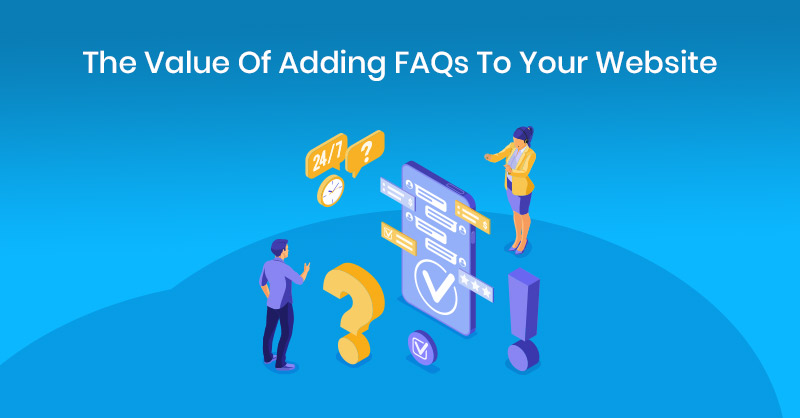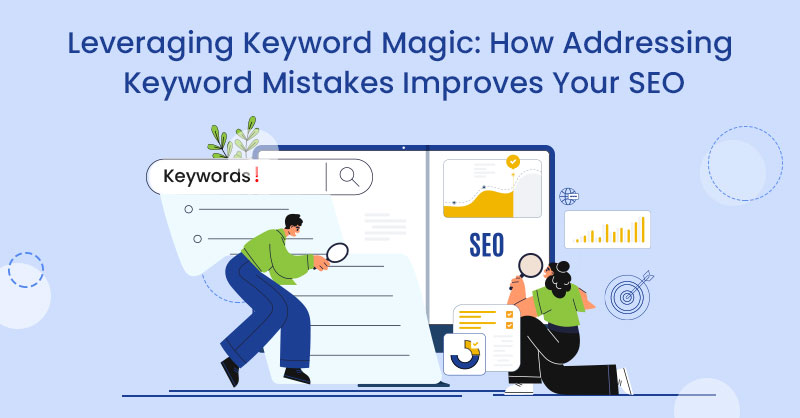For a long time, Frequently Asked Questions (FAQs) have been used on websites to answer basic questions. As time has gone on, FAQs have evolved to target more to specific topics and services, especially with voice search becoming more prominent. Over the past couple of years, voice search has become more common, and fewer searches are coming from desktop or phones. According to 99 firms, 20% of searches are voice searches, 31% of mobile users use voice search at least once a week, and 50% of all online searches will be voice-based in 2020. With voice search becoming more common, FAQs have seen an increase in value for business online to service these searches.
We’ve also seen the importance of the “People Also Ask” section on Google. Every search is accompanied by this section as well as Google Ads and Local 3-Pack. It is becoming increasingly more difficult to rank as the search results become more cluttered, so it’s important now more than ever to differentiate your website to stand out. One of the best ways we’ve found to stand out is with FAQs ranking in Google. Adding FAQs to your services page will not only add quality content for ranking but also allow your questions to show in search results on Google. This shows searchers that Google trusts your content and will entice them to click through.
The steps below will show you how to identify your target, find the best FAQs for you, how to implement them, and finally optimize them for search results.
1. Identify What You Are Targeting
Before going crazy and adding FAQs to every page, start by targeting the service or product pages you want to grow. It’s best to start with the most popular or profitable service you have and work your way down the service line. Google Analytics is a good source to see which pages are lacking that could use a boost. For these pages, add an FAQ section to the bottom of the page to reap the benefits and not interrupt the main content. Once you have selected the service page you wanted to work on, begin researching the FAQ questions you want to be added to the site.
2. Find The Right FAQs
The most common practice would be to search the main keyword for your service page on Google and looking at the “People Also Ask” section.
These questions are incredibly popular but will be very difficult to take over with recently added FAQs.
You can also find popular questions on other tools like Answer the Public. Go to www.answerthepublic.com and type in your main keyword, and it will generate questions people have searched related to your keyword. Select roughly 5-10 questions and answer them in a paragraph format to ensure you fully satisfy the users’ search.
Answer the Public offers a lot of options to pick from, and many of them are not in the People Also Ask section allowing you to capitalize on these searches. Once you answer the questions, the next step is the implementation phase on the website.
3. Implementation
As mentioned above, it’s best to add FAQs on your service pages instead of a dedicated FAQ page. The reason for this change is because you want to ensure that the user has access to the most relevant information or service on your site based on the question you answered. The more relevant the information is, the more likeliness the user will stick around on the site as well as turn into a conversion.
To implement your FAQ, add both your questions and unique answers at the bottom and make your questions collapsible so that it does not lengthen the page too much. Once the FAQs have been added to the page, you must add FAQ schema to the service page. The FAQ schema will allow your schema to show up in the SERP on Google. Below is an example of the strategy live in action for slate roofing.
4. Optimize
As time passes, searches will change, and so will the questions that people ask. It’s important to make sure that you are updating your questions based on the habits of the users. What people are searching for right now may not be the same in 2-3 years. It’s also important to not over clutter the FAQ section on the site. Keep it to 10 questions on the page to keep it focused on the user. There is a limitation in Google SERP that only allows 10 FAQs to be displayed at one time.
Conclusion
To summarize, this strategy will not revolutionize your SEO but will definitely allow you to stick out in search results compared to your competitors. In the example above, the FAQs on the service page of the client are not showing up in SERP and showing above the “People Also Ask’ section. This is a strategy that is not being used by many businesses, which allows you to capitalize!






on
Great tips. I took your advice and implemented this one of my sites. About a week later some of my FAQs started appearing in the SERP!